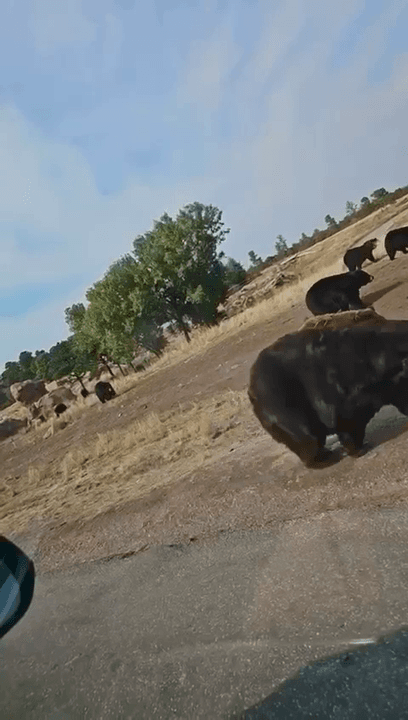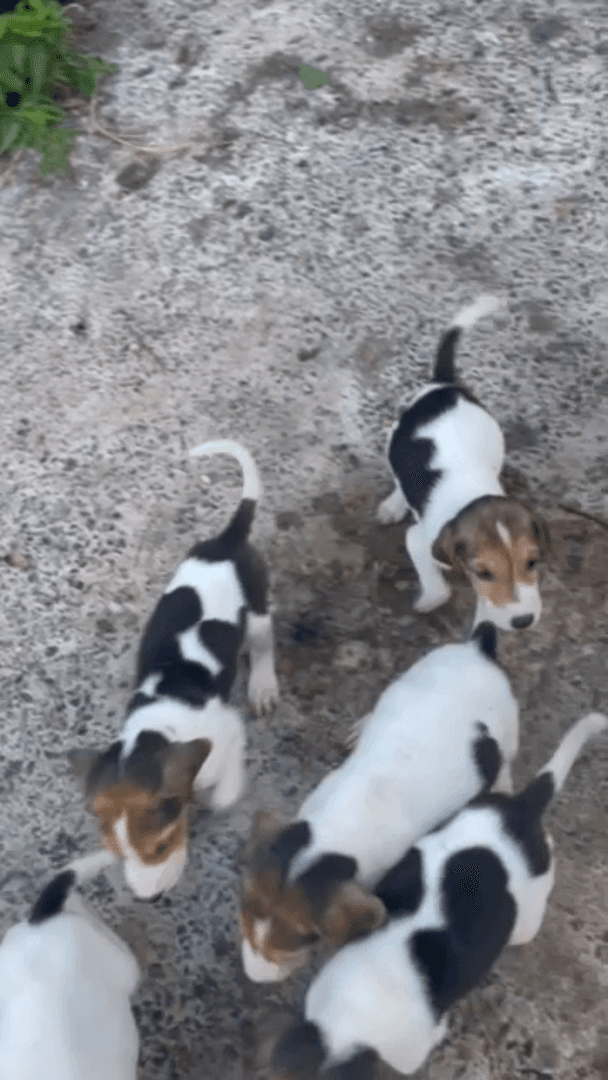
Sikasso’s Shaded Wilderness: Unveiling the Secrets of Forest Hunting in Mali’s Southern Biodiversity Haven The Sikasso Region, located in southern Mali, is a haven for hunters seeking adventure in one of West Africa’s most biodiverse forested areas. Known for its dense woodlands, rolling hills, and abundant wildlife, Sikasso offers a unique hunting experience shaped by its geography, culture, and strict conservation regulations. This article provides a comprehensive guide to forest hunting in the Sikasso region, covering everything from game species and seasons to legal requirements and cultural traditions. Nature’s Blueprint: Geographical Insights for Hunters The Sikasso Region spans approximately 71,790 square kilometers and is characterized by: Forested Ecosystems : Dense savanna woodlands, gallery forests along rivers, and scattered grasslands create diverse habitats. Water Sources : The Sankarani River and its tributaries provide essential water for wildlife, especially during
Post: 9 July 18:33
















































